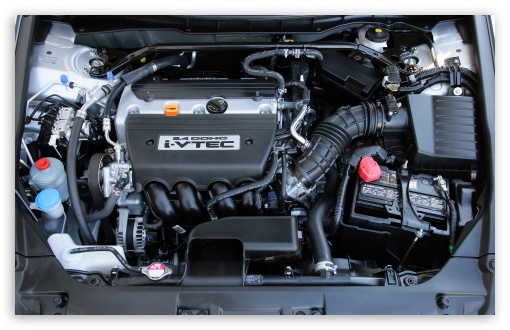Back in the year 2000, Honda introduced a groundbreaking engine that would go on to shape the automotive experiences of countless individuals, serve as a foundation for many enthusiasts, and inspire numerous aftermarket companies. The legacy of the K series engine endures, with its latest iteration being the K20c1 engine. Notably featured in the FK8 Civic Type R and the new FL5 Civic Type R, its roots, however, trace back to the earlier models like the DC5 and Ep3 cars, housing the potent K20A and K24A engines. Within the K series engine, stems the i-VTEC, which is an evolution of VTEC, one of which I previously write about here.
i-VTEC (Intelligent Variable Valve Timing and Lift Electronic Control) and VTEC (Variable Valve Timing and Lift Electronic Control) are both technologies developed by Honda to optimize engine performance. My love for the RSX / DC5 platform has inspired me to dig a bit deeper on what powers it’s K series engine. The main difference lies in the additional “intelligent” aspect incorporated into i-VTEC.
Outlining the differences
In VTEC engines, crossing the 4500 rpm threshold triggers the activation of a third rocker arm within the VTEC system. This additional component keeps valves open for extended durations, resulting in a notable boost in high-end power. Evolving from this, the i-VTEC system takes a progressive leap by introducing advanced control for intake valves even during low and medium throttle levels. This refined system ensures optimal performance below 4500 rpm, delivering the familiar high-rev exhilaration of traditional VTEC alongside enhanced power at lower rpms.

Here are the key distinctions:
VTEC (Variable Valve Timing and Lift Electronic Control):
- Basic Functionality:
- VTEC is a system that adjusts valve lift and timing to optimize performance at different engine speeds.
- It typically has two camshaft profiles – one for low-speed efficiency and another for high-speed performance.
- The transition between the two profiles is often referred to as the “VTEC switchover.”
- Camshaft Operation:
- At low RPM, VTEC engines operate on one set of cam lobes, providing better fuel efficiency.
- As RPM increases, the engine switches to a more aggressive set of cam lobes, optimizing performance.
- Performance Boost:
- VTEC is known for providing a significant boost in power and torque at higher RPM ranges.
- The transition is noticeable, and the engine’s behavior can change abruptly when the VTEC engages.
i-VTEC (Intelligent Variable Valve Timing and Lift Electronic Control):
- Enhanced Control:
- i-VTEC builds upon the basic VTEC system by incorporating intelligent control mechanisms.
- It includes variable valve timing and lift adjustments, but with more sophisticated control algorithms.
- Continuous Adjustment:
- Unlike the discrete switchover in traditional VTEC, i-VTEC allows for continuous adjustments of valve lift and timing.
- The system adapts to a broader range of driving conditions, providing a smoother and more seamless transition.
- Improved Efficiency:
- The “intelligent” aspect in i-VTEC is designed to enhance fuel efficiency across a wider spectrum of driving scenarios.
- It aims to optimize engine performance not only at high RPM but also at lower speeds, contributing to overall efficiency.
- Variants:
- i-VTEC is a more advanced version and is found in a variety of Honda models, incorporating improvements over traditional VTEC.
Conclusion:
In summary, while both VTEC and i-VTEC share the fundamental goal of optimizing engine performance, i-VTEC introduces more advanced and intelligent control mechanisms. i-VTEC’s continuous adjustments aim to provide improvements in efficiency and performance across a broader range of driving conditions compared to the more discrete operation of traditional VTEC.



